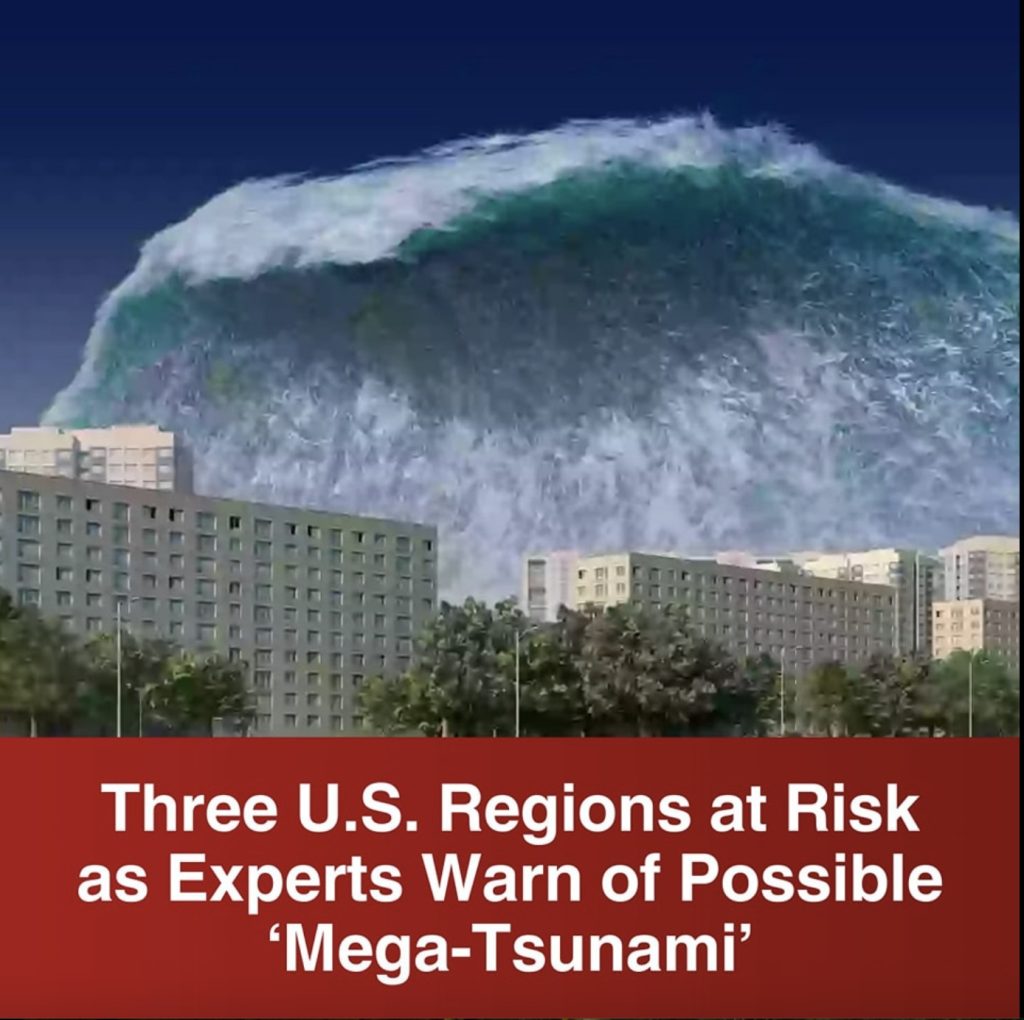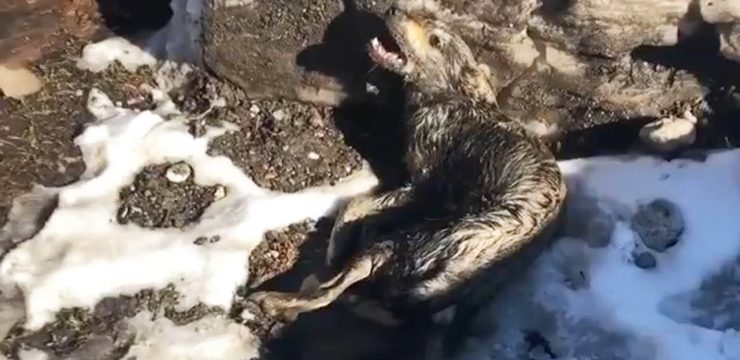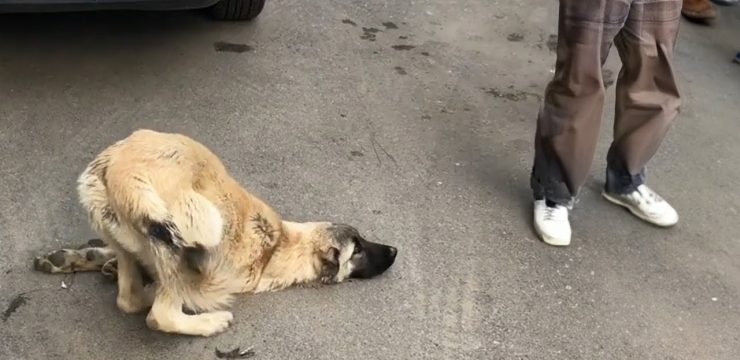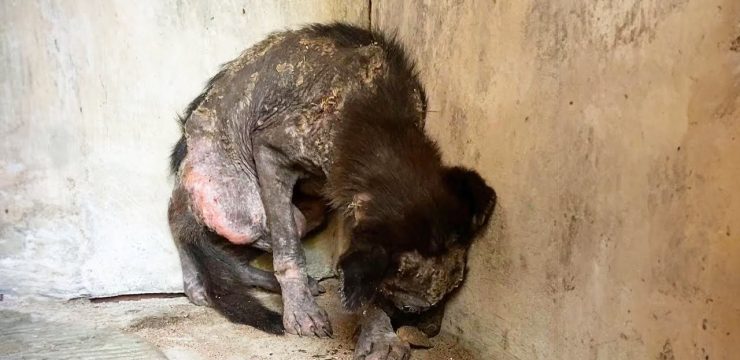Imagine waking up to the sound of sirens blaring and the ground trembling beneath your feet. You look out the window and see a towering wall of water racing toward your home. It sounds like a scene straight out of a Hollywood disaster movie, but scientists warn this could very well become a reality for parts of the United States. Experts are raising serious concerns about the possibility of a “mega tsunami” that could devastate entire communities along the West Coast, including Northern California, Oregon, Washington, and even parts of Alaska and Hawaii.

At the heart of this potential catastrophe lies the Cascadia subduction zone — a massive fault line that runs roughly 600 miles from Northern Vancouver Island in Canada down to Cape Mendocino in California. Though it lies quiet now, scientists say this sleeping giant could one day awaken with violent force. When it does, it may trigger a massive earthquake, followed by catastrophic flooding and tsunami waves that could swallow entire towns within minutes. What makes this scenario even more alarming is the role that rising sea levels could play in intensifying the damage, making the danger more widespread and harder to predict.
Researchers from Virginia Tech recently published a study in the Proceedings of the National Academy of Sciences, outlining just how serious the consequences of a Cascadia quake could be. The study found that an earthquake in this region could cause the land to sink by as much as 6½ feet, vastly expanding coastal floodplains and increasing the risk of flooding well inland. Tina Dura, the study’s lead author and an assistant professor at Virginia Tech, emphasized the unprecedented nature of this situation. According to her, “The expansion of the coastal floodplain following a Cascadia subduction zone earthquake has not been previously quantified. The impacts to land use could significantly increase the timeline to recovery.”
The danger is not just theoretical. Experts estimate there’s about a 15% chance that a magnitude 8.0 or greater earthquake could occur along the Cascadia fault within the next 50 years. That may not sound like much, but when you consider the scale of destruction such a quake could bring, it’s more than enough to warrant concern. During large seismic events, the Earth’s crust can shift dramatically. This sudden movement can displace massive amounts of seawater, generating enormous tsunami waves. Unlike the typical waves that roll gently onto a beach, these waves can rise hundreds of feet high and move faster than a commercial airliner. They don’t just crash — they destroy, flattening anything and everything in their path.
In the Pacific Northwest, the situation is particularly concerning. It’s not just the initial shaking that poses a threat; it’s the series of cascading disasters that follow — the aftershocks, the sudden sinking of land, and of course, the devastating waves. Most communities in this region are built in low-lying areas near estuaries, right in the zone of potential subsidence. “Cascadia is a unique place,” said Dura. “It’s not super heavily populated, but most estuaries have a community in them, and they’re all right in the zone of subsidence. This is honestly where I think the subsidence could have bigger impacts than it has during other recent large earthquakes around the world.”
But the West Coast isn’t the only area at risk. Alaska and Hawaii are also in danger for entirely different reasons. In Alaska, melting glaciers are destabilizing mountainsides, loosening massive rocks and making landslides more likely. These landslides can cause tsunamis, even without an earthquake. The terrain in Alaska is rugged and prone to sudden shifts, making it an unpredictable and potentially deadly region during seismic activity. In Hawaii, the threat is rooted in the islands’ volcanic nature. Around 105,000 years ago, a giant section of a volcano collapsed into the ocean, generating a 1,000-foot-high tsunami that slammed into the island of Lanai. That kind of event, while rare, shows just how dangerous the Hawaiian Islands can be when their volcanic foundations begin to shift.
And the danger hasn’t disappeared. Hawaii’s volcanoes are still very active. Mauna Loa and Kilauea, two of the most prominent volcanoes in the state, are constantly reshaping the islands with flowing lava and unstable ground. Kilauea was erupting as recently as May 16, a stark reminder that Hawaii’s geological forces are far from dormant. These volcanoes don’t just pose a local hazard — if they collapse or shift dramatically, they could trigger massive ocean waves capable of impacting distant coastlines.
All of this activity falls within what scientists call the “Ring of Fire” — a massive belt around the Pacific Ocean where several tectonic plates meet. This zone is notorious for producing the world’s most powerful earthquakes and most explosive volcanic eruptions. The Cascadia subduction zone is just one part of this massive system, but it holds enormous destructive potential. The last time it ruptured with full force was on January 26, 1700, creating a quake so powerful that it sent tsunami waves all the way to Japan. That was over 300 years ago, and geologists believe we are well overdue for another major event.
So, what can you do in the face of such a looming natural disaster? While it’s impossible to prevent an earthquake or a tsunami, preparation can save lives. It starts with awareness: know the risks in your area, understand your community’s evacuation routes, and stay connected with local emergency alert systems. Talk to your family about what to do in the event of a disaster and have an emergency kit ready. Knowledge and preparation can be the difference between survival and tragedy.
For anyone living near the West Coast or in other vulnerable regions like Alaska or Hawaii, this isn’t about paranoia — it’s about being ready. The threat of a mega tsunami may sound like science fiction, but the science is real. The experts are not guessing; they are warning. And while we may not know exactly when the next big quake will strike, the overwhelming consensus is that it’s not a matter of if — it’s a matter of when.





